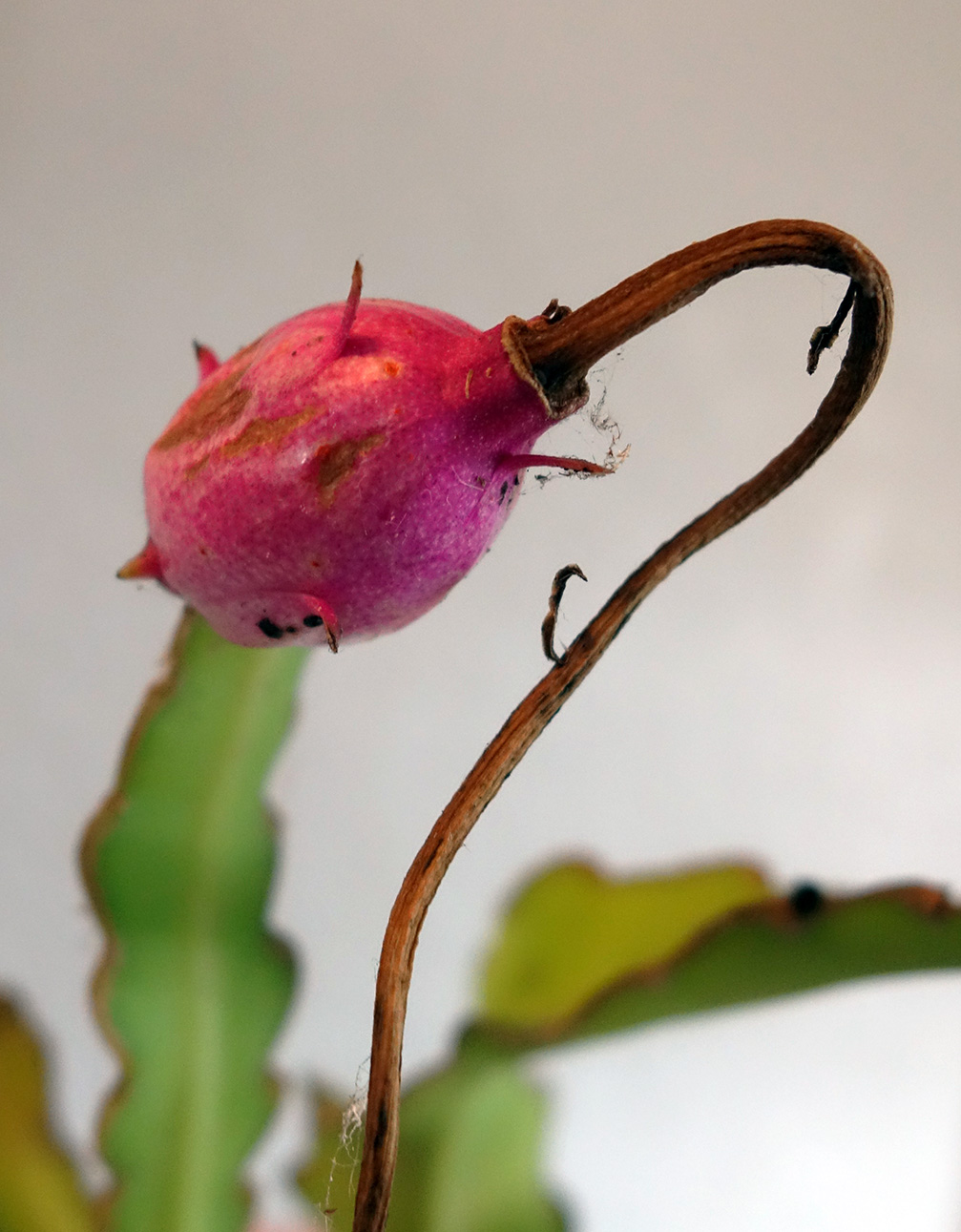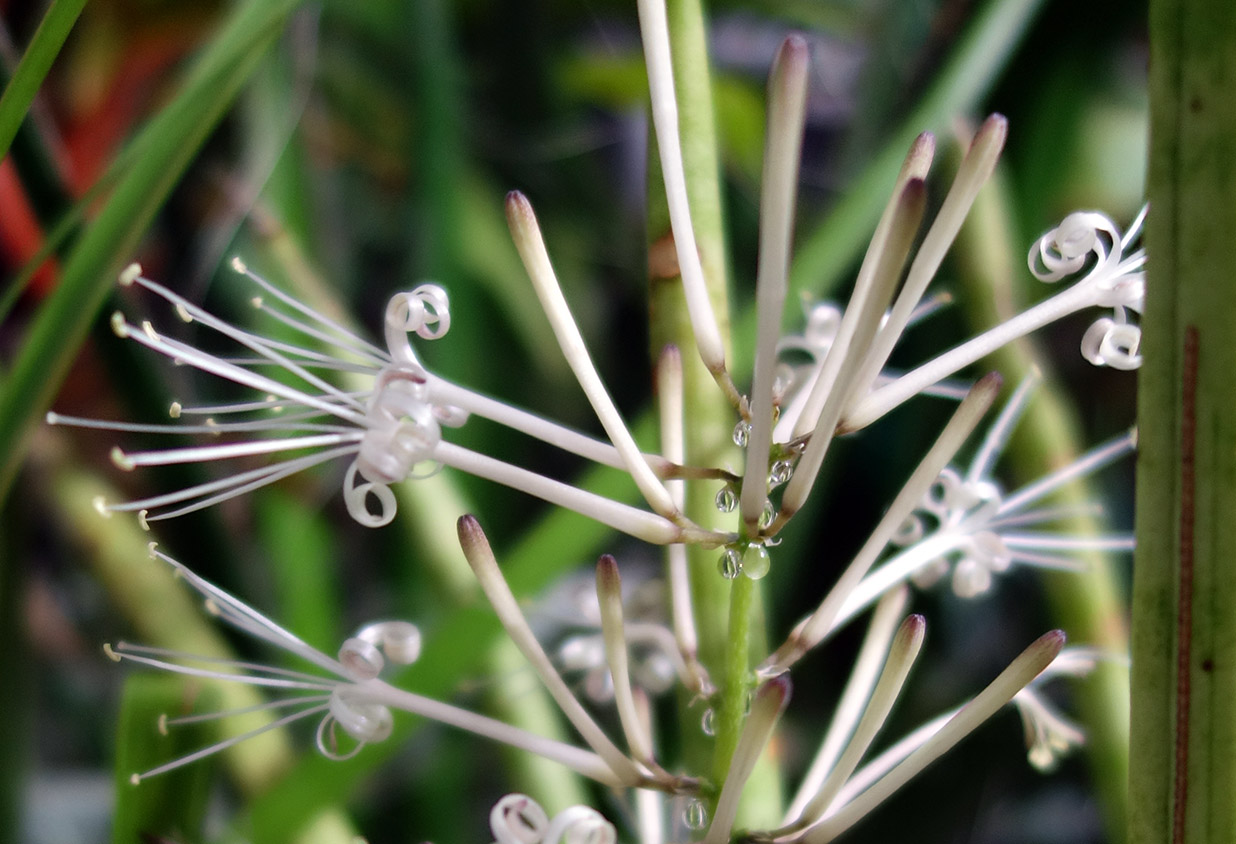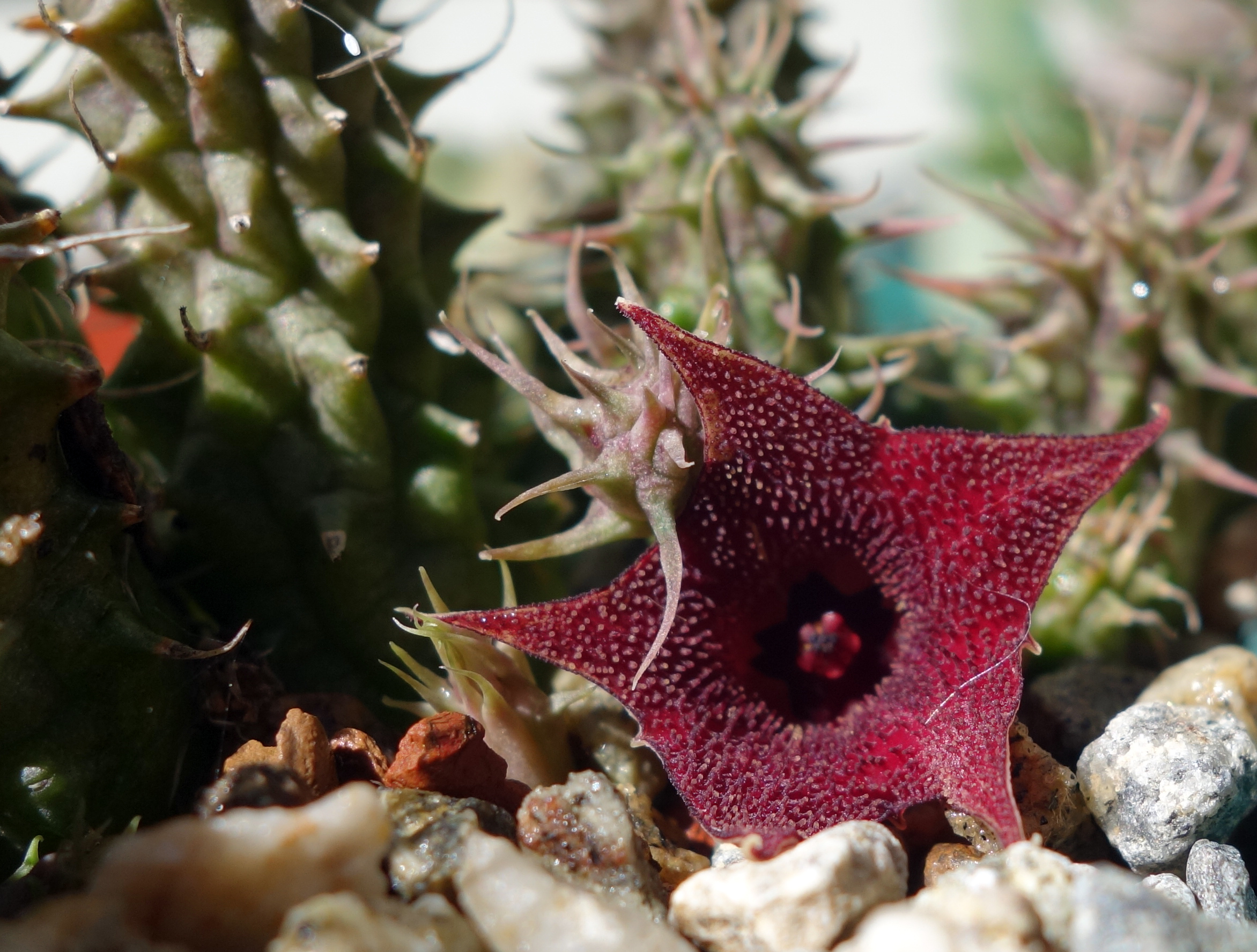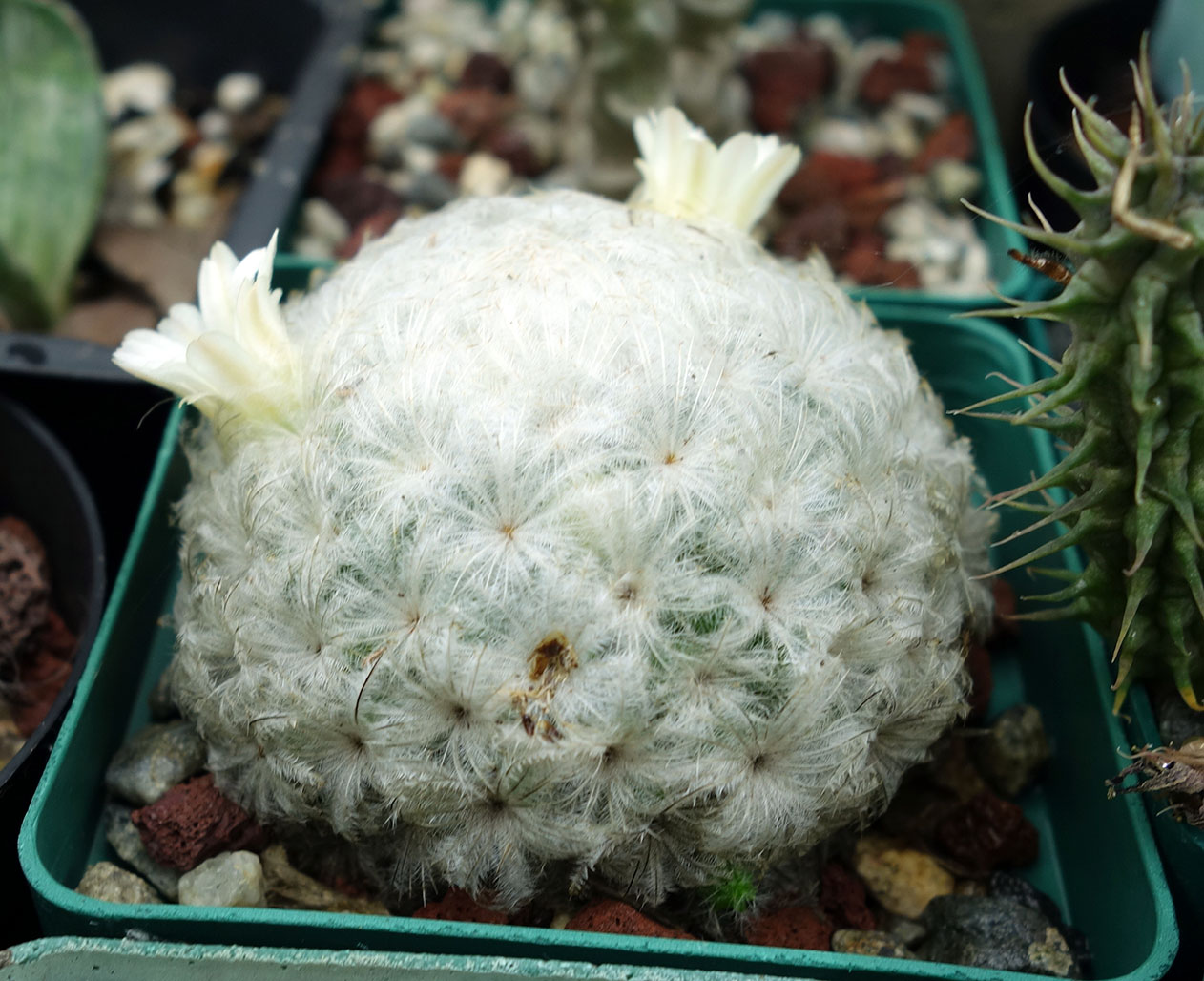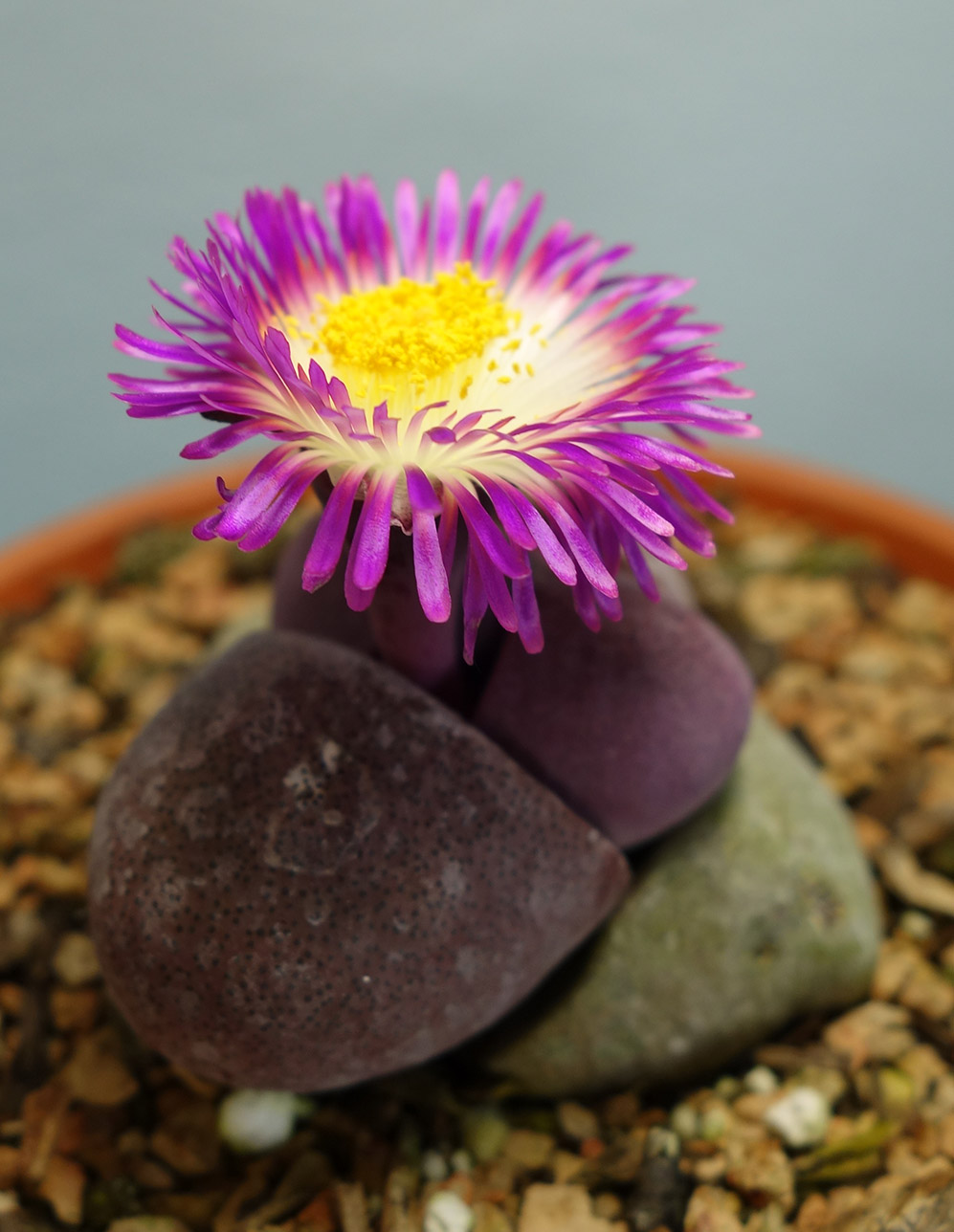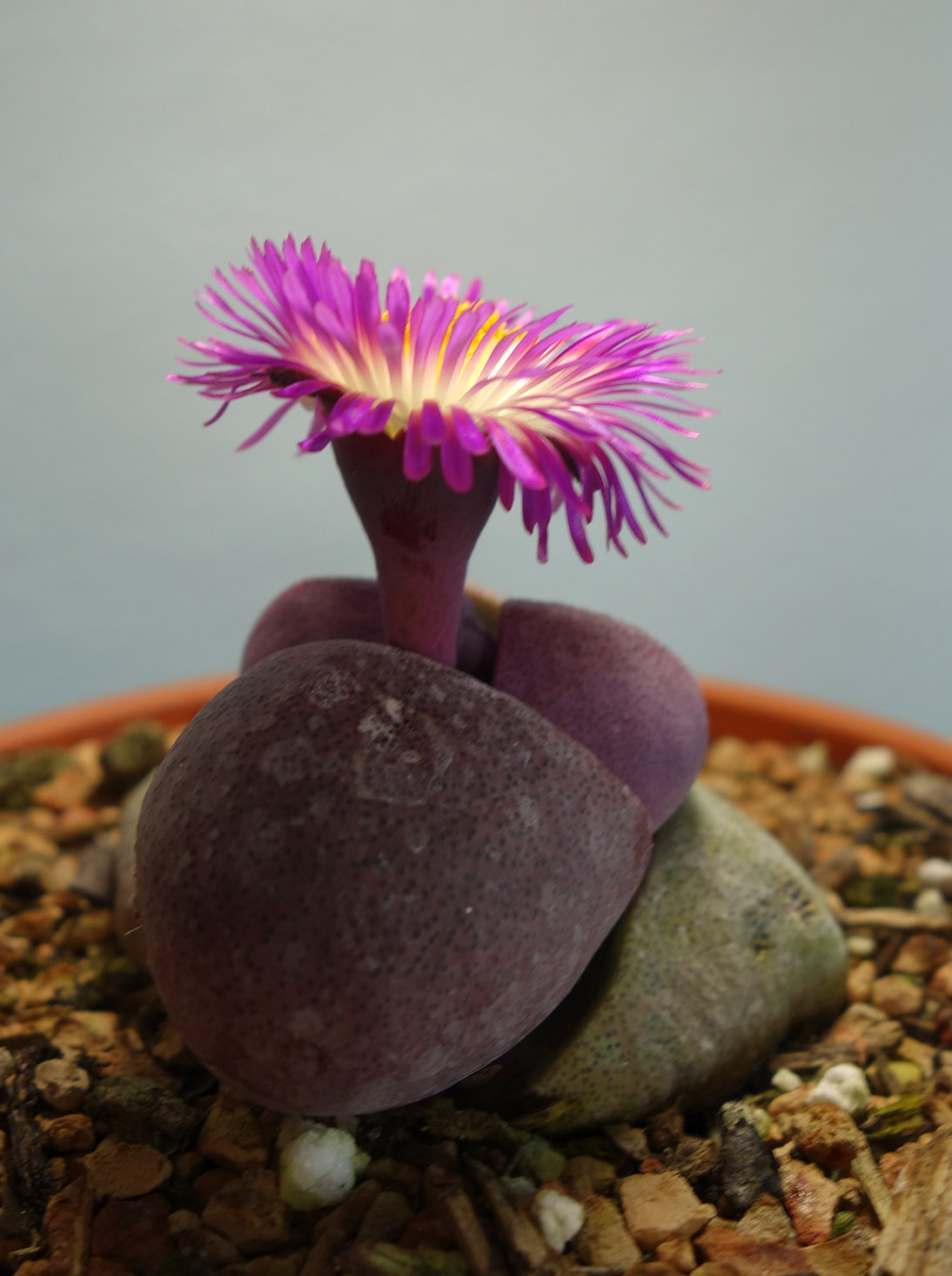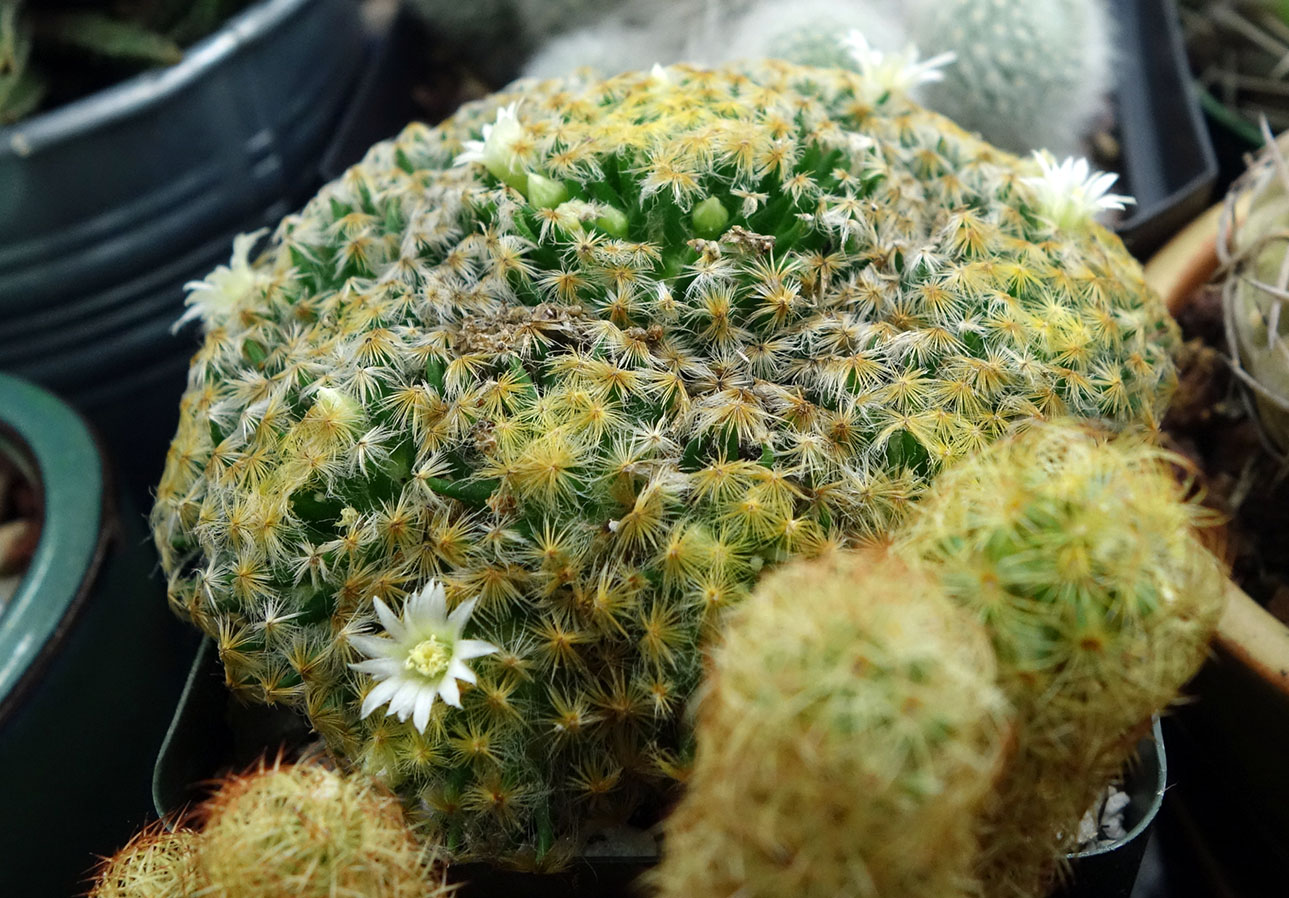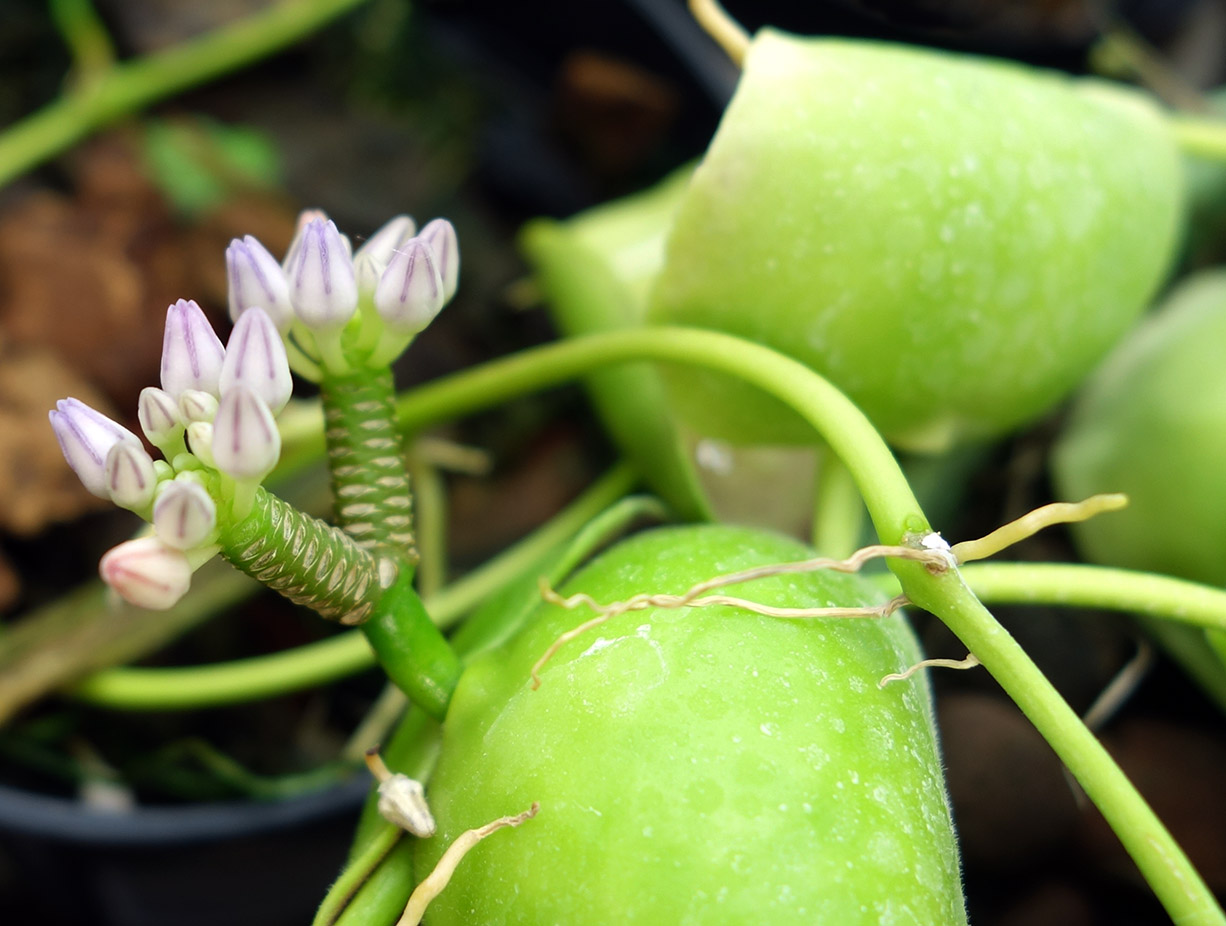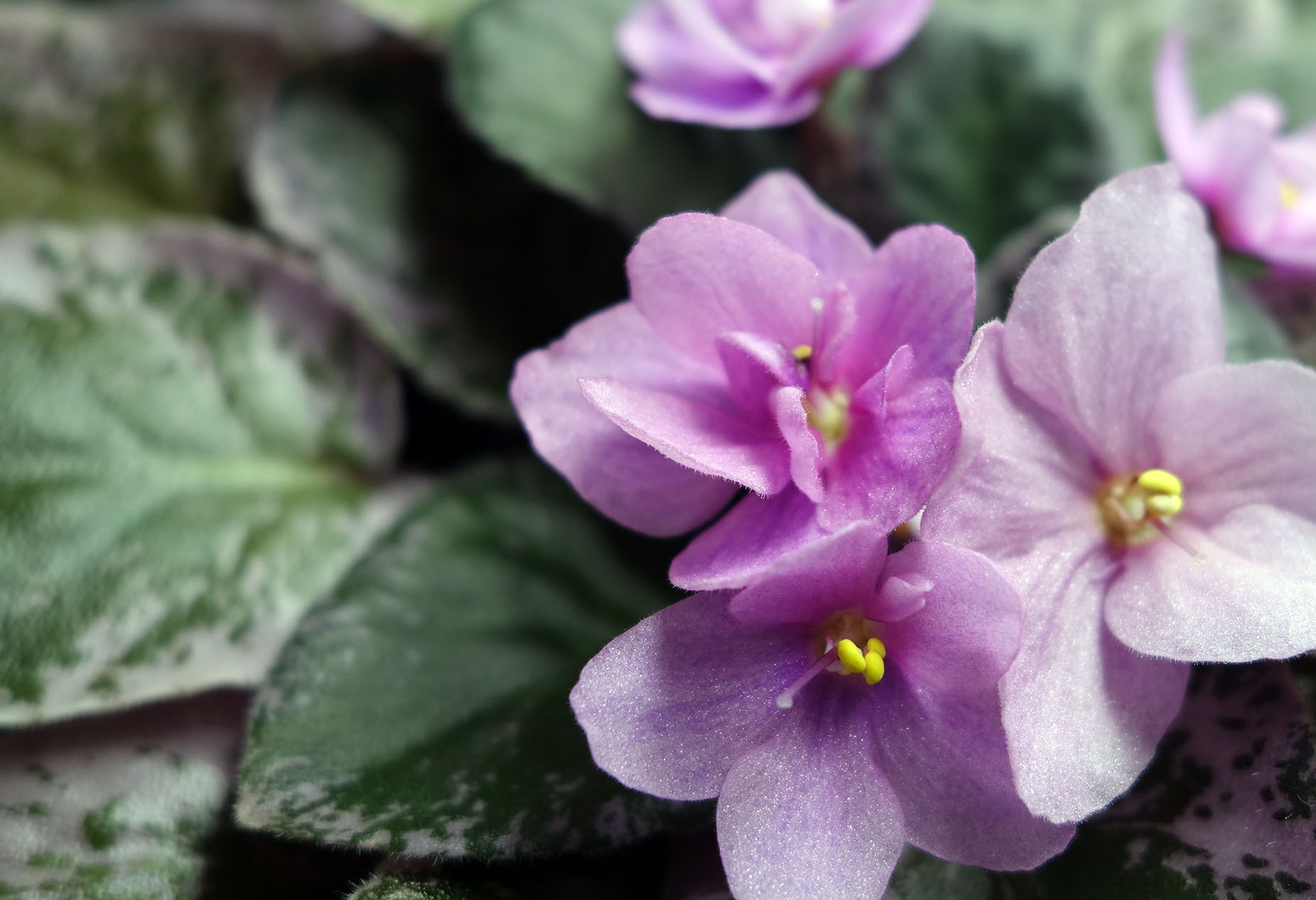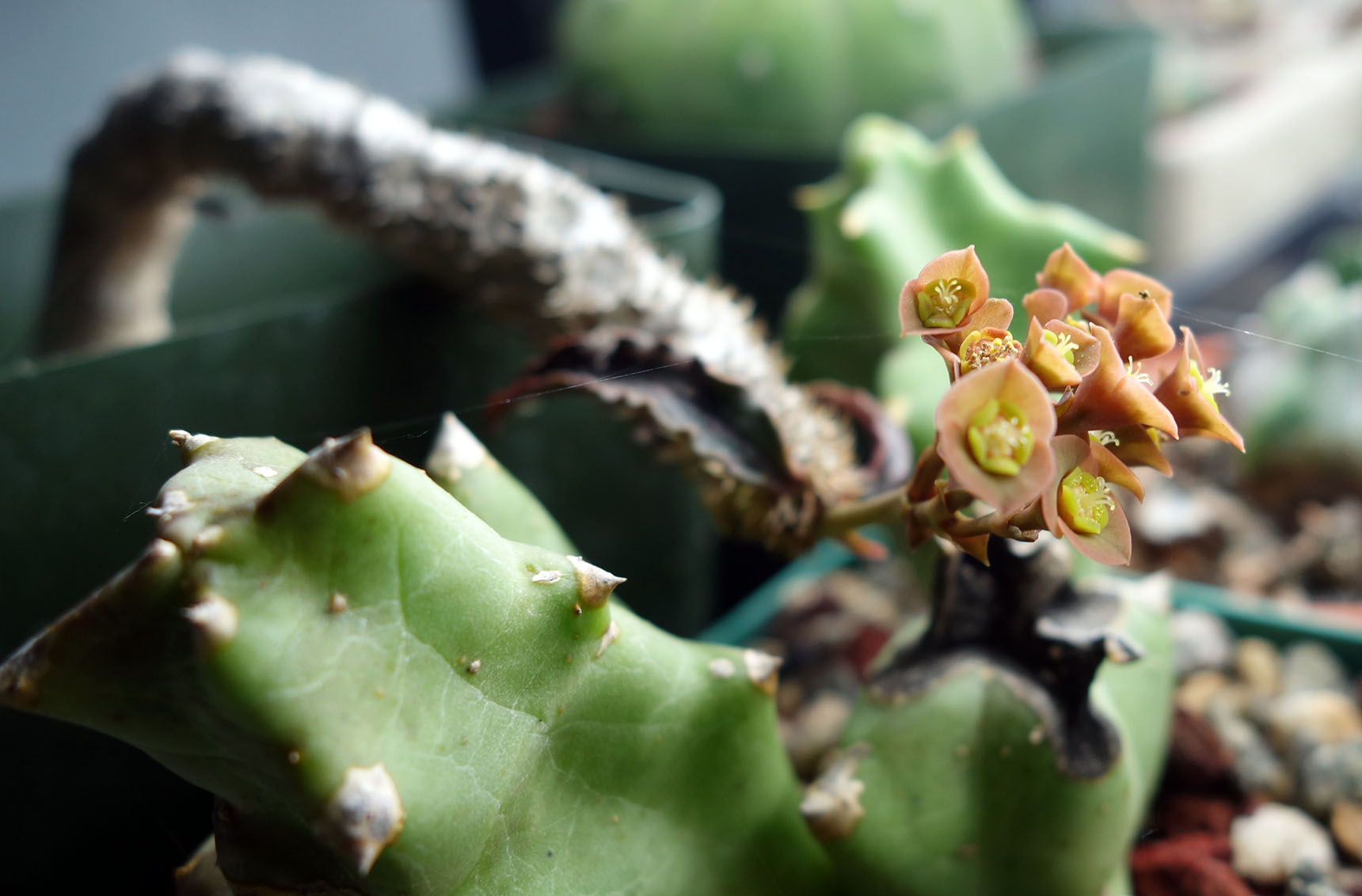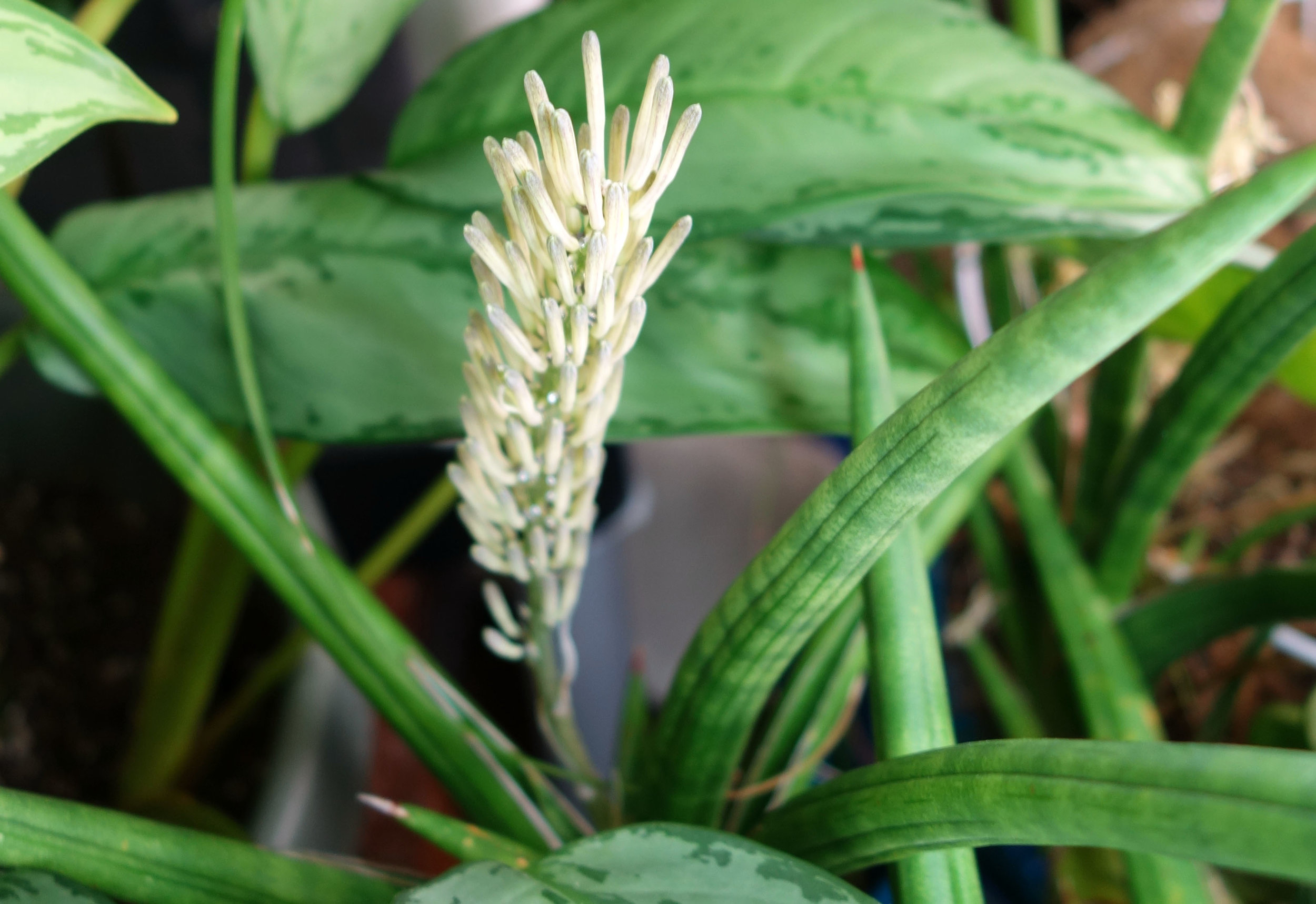I haven’t shared any of my houseplant flower photos in a while, so let’s rectify that! Here we have, in order from left to right and top to bottom: Ariocarpus trigonus, Epiphyllum monstrosa ‘Curly Locks’ in fruit, Sansevieria cylindrica, Sinningia cardinalis, Huernia verekeri, Mammillaria plumosa, Pleiospilos nelii ‘Royal Flush’, Mammillaria schiedeana, Dischidia platyphylla, my most loyal Saintpaulia spp. (acquired without ID from a botanical garden associates sale), an area shot of several Saintpaulia spp. and a Phalaenopsis orchid in bloom, and a Euphorbia francoisii.
fruit
December Houseplant Happenings
Here are the photos from the final month of 2017! We've got fewer flowers for sure this December - just this Copiapoa hypogaea, Gymnocalycium pfanzii var albipulpa, Sansevieria cylindrica, and Sansevieria phillipsiae, respectively. This fruit on my Gymnocalycium mihanovichii has also been around since at least November, but it really started becoming eye-catching in December. It is now in the process of drying out.
Oranges Are Hybridized Fruits
Many people think of oranges as a primary, pure, primitive fruit. In fact, they're a hybrid of pomelos and mandarins! From "The draft genome of sweet orange (Citrus sinensis)":
"The remarkably high degree of heterozygosity in the genome of cultivar Valencia sweet orange (C. sinensis cv. Valencia), as evidenced in our genomic and cytological analyses, hinted that sweet orange is an interspecific hybrid between pummelo and mandarin. On the basis of the collective evidence, we reconstructed the scenario regarding the ancient primary events of the origin of sweet orange: female pummelo crossed with male mandarin to create the initial interspecific hybrid that was further crossed again with male mandarin to produce sweet orange. This event might have happened at least 2,300 years ago, or much earlier, as sweet orange was recorded in Chinese literature as long ago as 314 BC (3, 38). Although additional genetic changes might have occurred afterward, it is still remarkable that this ancient hybrid genotype seems to be preserved in today's sweet orange, probably because of its strict nature of asexual reproduction (apomixis through nucellar embryo) and manmade selection and propagation by grafting. This scenario explains why most of today's sweet orange cultivars are genetically one biotype and highly heterozygous, with diversification occurring mostly through somatic mutations (7, 39, 40)."

